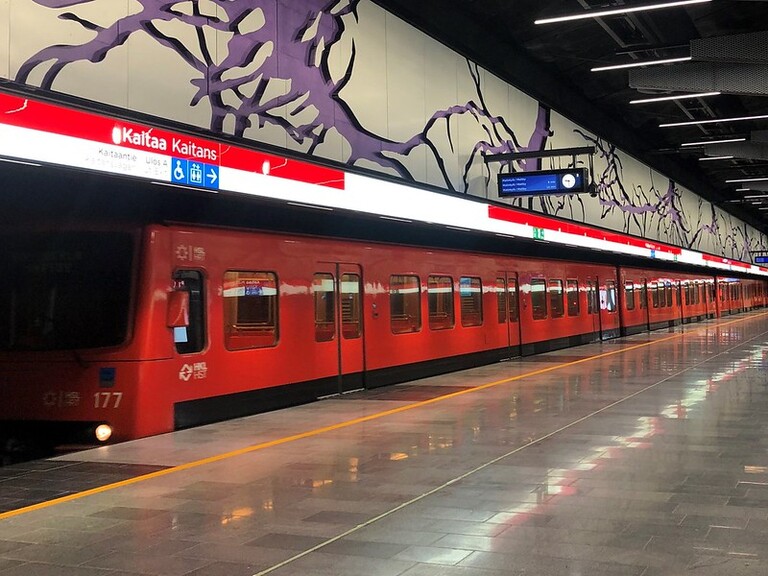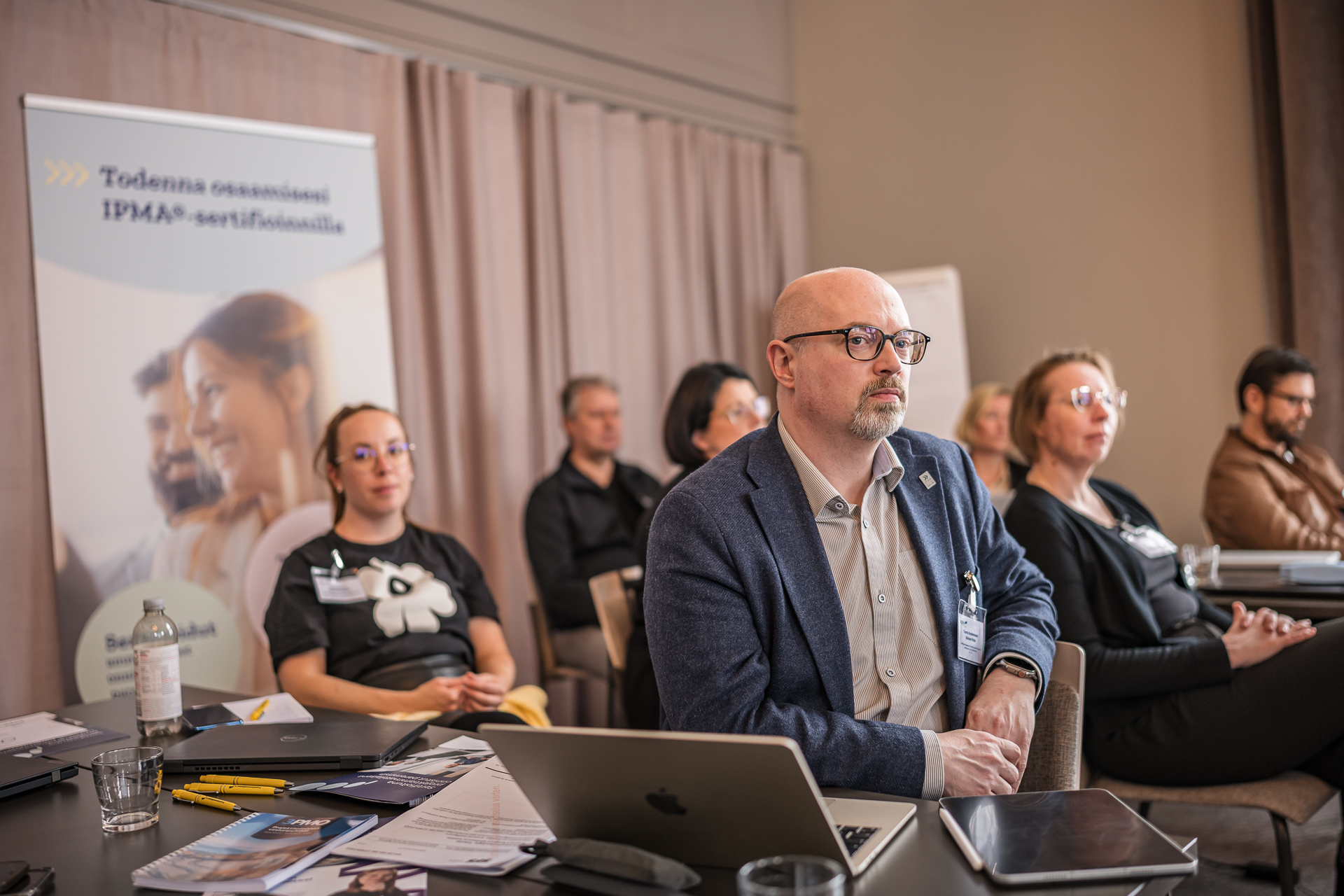Properly planned and implemented project management helps to achieve the project’s objectives. Effective project management provides a snapshot and transparency of the progress of a project, saves resources and is reflected in the quality of the final product or service.

There are three elements behind a successful project, all of which need to be in place: leadership, processes and tools. The governance model must be clear – how and where key project decisions are made, and how information flow and communication between key stakeholders is ensured.
Secondly, the project processes must be in place. Without functioning processes, every project is entirely dependent on the competence of individuals and their perception of the project situation. Project progress monitoring, schedule management, cost control and risk management must be in place.
Thirdly, project management tools must be of high quality, in practice browser-based and real-time. The tools support management and processes. This ensures agile and timely decision making, brings the necessary transparency and real-time to the project, ensures the desired quality and provides experience and learning for future projects.
However, any monitoring tool does not guarantee success, i.e. monitoring and collecting data alone does not guarantee successful project management. Good tools can condense and simplify complex issues into a simple presentation that reduces cognitive load and thus facilitates decision making.
“Efficiency in project management is about completing a task with the least amount of resources. Well-done project management, including management style, tools and processes, removes excess project noise by making operations clear, transparent and simple, while improving overall quality,” says Diamond Consulting Ltd’s CEO. Timo Heiskanen
Diamond Consulting’s project management services have been relied on, for example, in creating a situation management model for the Matinkylä-Kivenlahti section of Länsimetro and as an aid to Länsirata Oy’s planning.
In successful project management, problems are solved before they arise. Without timely and accurate data, this is not possible and projects will end up putting out fires, delays, cost overruns and quality problems.
“In my experience, a well-developed process, management model and good tools create the ability to achieve project objectives on time, on budget and at the desired level of quality. This is due to the system’s ability to raise the competence of the organisation and the ability to understand and successfully achieve the objectives.”
The snapshot model is often confused with reporting.
“Reporting is not about active decision-making. It’s like a postcard for the recipient. The snapshot model aims to highlight the issues that require a response and the order of priority of these, which usually comes down to timing,” Heiskanen continues.
There is an opportunity to learn from every project. All those involved in the project (e.g. client, management, partners, subcontractors, stakeholders) improve efficiency and predictability.
“The public sector can learn from industry processes and project models to deliver projects and projects of high quality and thus improve its own efficiency in this economic climate. The high quality of operations during the project will also be transferred to the quality of the final product or service,” Heiskanen concludes.
Author:
Diamond Consulting Oy, Managing Director Timo Heiskanen, tel. 050 322 9175, timo.heiskanen@diamondconsulting.fi
Photo by M. Partanen/Länsimetro Oy


